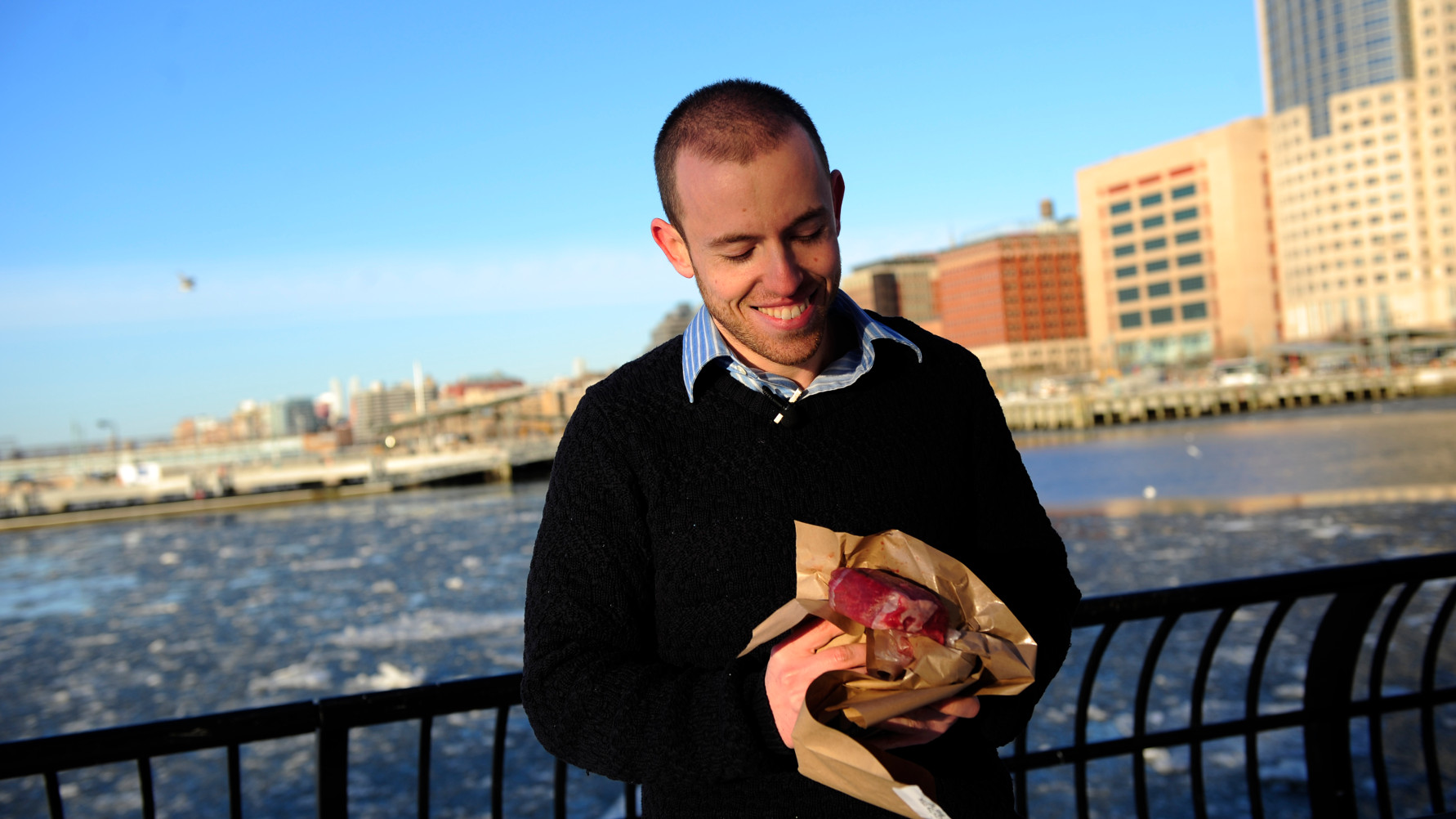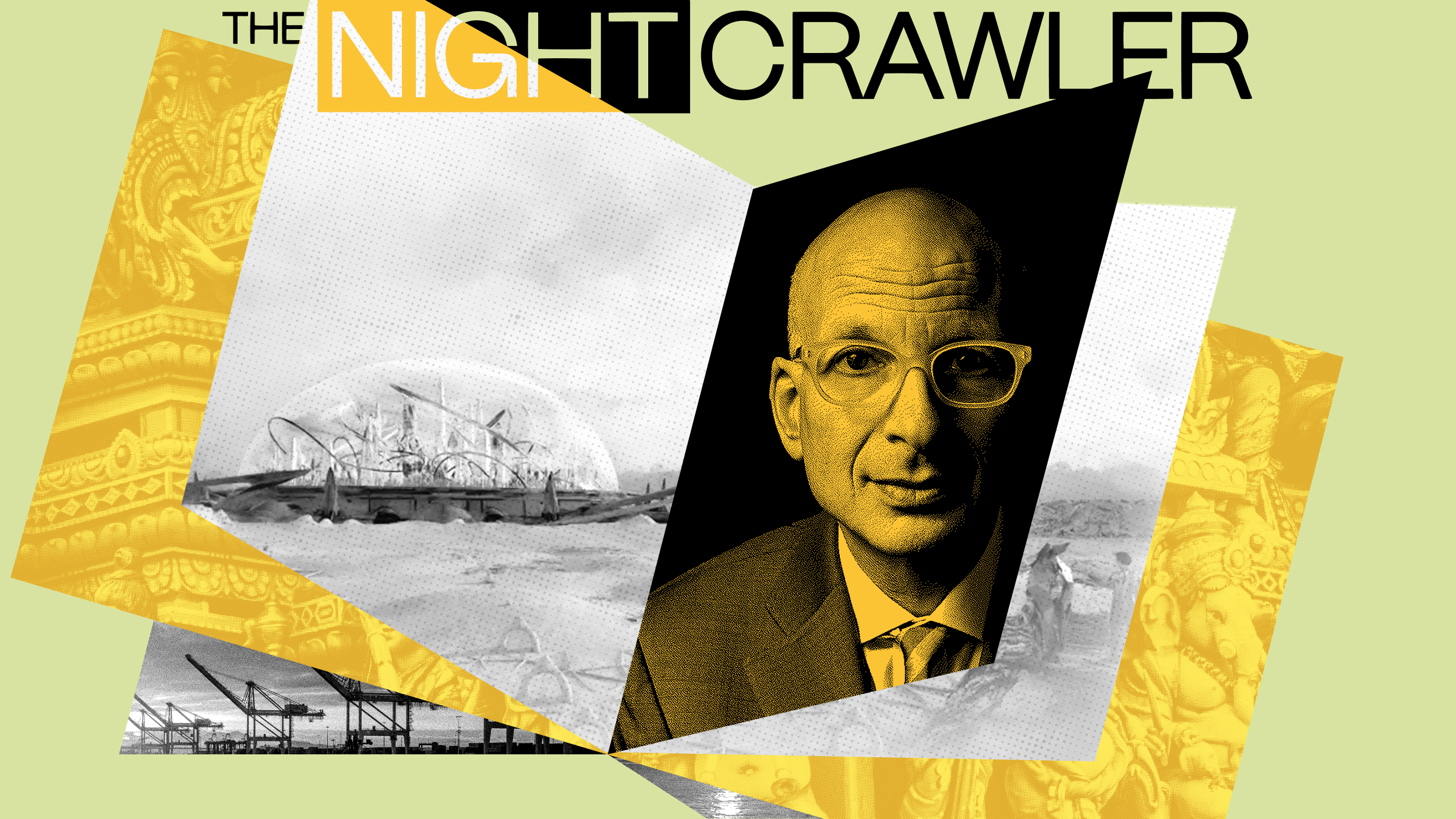Sign up for the Smarter Faster newsletter
A weekly newsletter featuring the biggest ideas from the smartest people
Dan Buettner, author of The Blue Zones Solution has traveled the world, studying its many “blue zones”: regions where the local population enjoys exceptionally long average lifespans. He and his team have identified key aspects and common denominators between these populations’ diets, such as eating “breakfast like a king, lunch like a prince, and dinner like a pauper.”
Dan Buettner: Blue Zones areas are populations around the world where people live longest. It began with a ten-year project with National Geographic to identify these pockets where people are either reaching age 100 at the highest rates, they have the highest life expectancy, or the lowest rate of middle-age mortality. They’re geographically defined and then demographically confirmed. And we found five Blue Zones.
We found our first Blue Zone in Sardinia, Italy, up in the highlands. The Nuoro and Ogliastra Provinces and there we see a population of about 42,000 people living in 14 villages. And there is where men live the longest. Normally in First World populations like the United States, for every one male centenarian there are five female centenarians. But up in the highlands of Sardinia, the proportion is one to one. Our second Blue Zone we found in Okinawa, Japan, the longest-living women in the world. Highest life expectancy of any other population on Earth. They’re women over 60. They live about eight years longer than American women. Largely devoid of heart disease and the cancers that kill us. One of the more extraordinary Blue Zones is Ikaria, Greece, off the coast of Turkey. Ninety-nine square miles. They live about seven years longer than the average American, but most interestingly they almost completely elude dementia. We found almost everybody over 70 on the island and found only three mild cases of dementia. In America, with a similar population, you’d expect to find somewhere around 20 to 40 percent of people who are suffering from dementia. Then in Latin America, the Nicoya Peninsula of Costa Rica. And then finally in the United States, the longest living population is among the Seventh Day Adventist in Loma Linda, California. And they live up to a decade longer than their North American counterparts.
So I spent 10 years traveling to these Blue Zones around the world trying to explain why they’re living so long. And I realized at about year six that none of these spry centenarians ever said to themselves at age 50, "Well gosh darn it I’m going to get on that longevity diet and live another 50 years." They never bought treadmills. They never called an 800 number to buy a supplement. Longevity happened to them. In other words, it was something that ensued from their environment as opposed to something they tried for. First of all, they were eating a high-carbohydrate diet. About 65 percent of their dietary intake came from carbs. Most of those, of course, are whole grains or beans. Beans is the cornerstone of every longevity diet in the world, about a cup of beans a day. About 20 percent of their dietary intake was fats and most of those were vegetable fats. And about 15 percent were proteins. They did eat meat on average about five times per month, so not a lot of meat. It’s mostly a plant-based diet. About 90 percent overall of their calories came from plants. They tended to eat a huge breakfast. Breakfast like a king, lunch like a prince, and dinner like a pauper.
Nuts were the universal snack. People eating a handful of nuts lived two to three years longer than people who don’t eat nuts. And they drink water, teas, coffee — good news. A lot of antioxidants in coffee. And then a little bit of wine. Those were the four beverages. Soda pops were largely unknown to Blue Zone longevity all stars. The maximum average life expectancy for people living in America today is about 90. So that essentially means if we can avoid all the avoidable diseases like many cancers, most heart disease, many sources of dementia and diabetes, the average person can reach about age 90. And in Costa Rica they’re doing it at a rate two-and-a-half times better than we’re doing it in the United States with one-fifteenth the amount we spend on health care.





